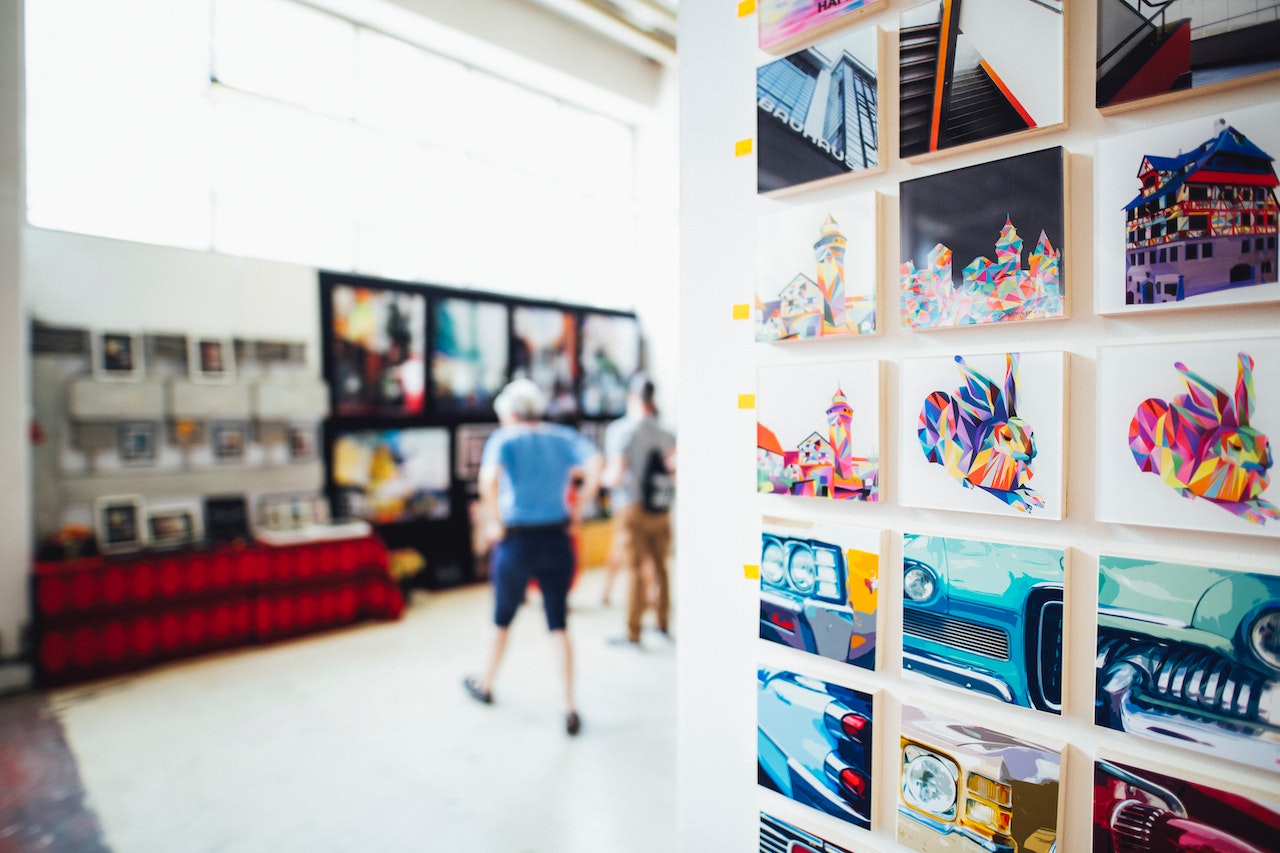In 1993, a square space was opened in Duke Street in the West End of London by gallery owner and art dealer Jay Jopling. In less than thirty years, the gallery has grown from one square space to six significant locations, with two galleries in London, one in Hong Kong, Paris, and New York.
White Cube achieved national and international recognition by being one of the first galleries to represent the Young British Artists (YBA). Today, the gallery has an utterly impressive range of artists in its portfolio. Think of artists such as Damien Hirst, Ellen Altfest, Michael Armitage, Georg Baselitz, Anselm Kiefer, Chuck Close, Tracey Emin, Gilbert & George, Andreas Gursky, Imi Knoebel, Julie Mehretu, Bruce Nauman, Danh Vō or Jeff Wall.
White Cube covers over 10.000 square meters and is one of today’s most influential art galleries, resulting in the fifth spot in this article. However, I also want to state that White Cube, Lisson Gallery, and Thaddaeus Ropac are this close to our ranking. We could almost say the trio shares this fifth place with an ex-aequo.
The aesthetic was introduced in the early twentieth century in response to the increasing abstraction of modern art. With an emphasis on colour and light, artists from groups like De Stijl and the Bauhaus preferred to exhibit their works against white walls in order to minimise distraction. The white walls were also thought to act as a frame, rather like the borders of a photograph. A parallel evolution in architecture and design provided the right environment for the art.
In 1976 Brian O’Doherty wrote a series of essays for Artforum magazine, later turned into a book called Inside the White Cube, in which he confronted the modernist obsession with the white cube arguing that every object became almost sacred inside it, making the reading of art problematic.
